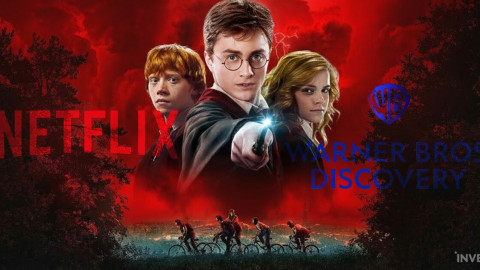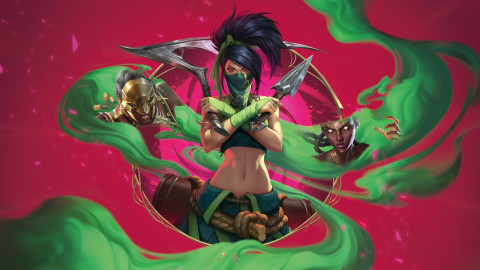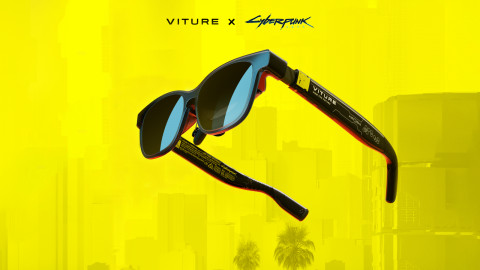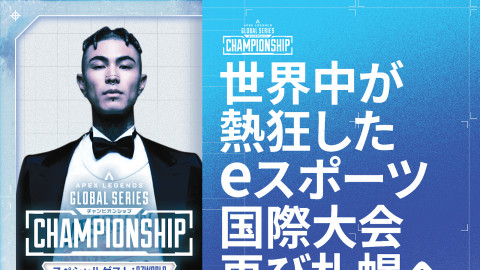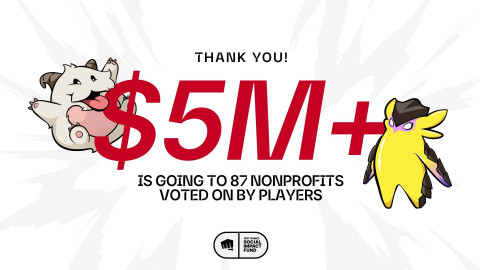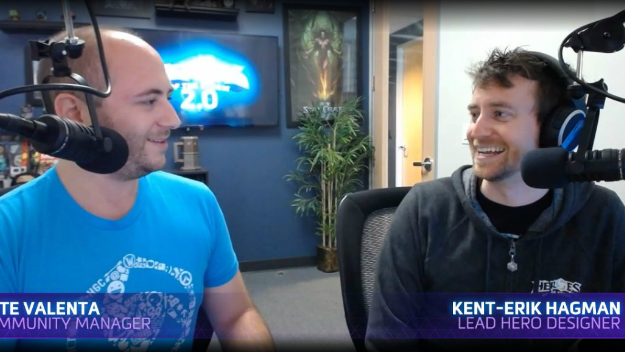
To celebrate it's two year anniversary, Heroes of the Storm community managers, designers and casters put on 4-hour stream featuring a variety of segments. One of the most interesting segments was an interview with Lead Hero Designer, Kent-Erik Hagman.
A retrospective on the initial design of Heroes
During the interview, Kent-Erik Hagman explained that his role has transformed into designing specific heroes to overseeing the Hero design team and helping conceptualize Heroes transitions from different genres to Heroes of the Storm's unique MOBA feel. Hagman had countless stories he wanted to share on what it took to bring the game to launch and began the stream detailing the journey he and his team started nearly 6 years ago.
It started as a tutorial for a game that, as Hagman explains, has "a title I probably can't legally repeat". Hagman and his team took this tutorial to Blizzcon that year, and after tons of community feedback, decided to radicalize their design approach with the intent to "dig back to RTS roots" and "experiment with very strange things". Hagman describes this time as "crazy-town" in which nothing was off-limits and it was encouraged to ignore traditional concepts of a MOBA genre.
This process ultimately resulted in map objectives and battlegrounds. The first battleground was Cursed Hallow and, as a game designer, was an "awesome moment" for Hagman:
"We were just trying all this goofy stuff to really dig into the genre and understand it at its core. It was a wonderful period. Through all of that, we landed on forts, gates, and towers that we all know these days"
After Cursed Hallow; Blackhearts Bay, Dragon Shire, and Haunted Mines were next. Haunted Mines proved the most difficult amp to balance, and "kicked off a lot of light bulbs" of what the team could do with battlegrounds and how it would shape the future of their MoBA.
The most challenging heroes to design
When questioned, Hagman had a clear answer as to why The Butcher gave him the most headache during design:
"It's entirely a personal reason, actually I really hate horror movies, I've never enjoyed them, I don't understand why people like going to the theater just to be scared. But, The Butcher, I could kind of look at him and think--this guy is the epitome of a horror movie. I had to figure out... ok suspense, drama, timing... these ideals of hopelessness and no escape. All things I absolutely loathe pouring into a Hero. I was glad to be done with him but pretty proud of the result."
Hagman went on to explain how Leoric was also exceedingly difficult to balance. How do you make a Hero that doesn't die? This was the question that Hagman had to solve while still respecting one of the most sensitive balance aspects of the game, death timers. The team was initially daunted at the prospect of a Leoric's thematic trait and feared the scouting potential while dead might break competitive Heroes.
Ultimately, Hagman described Leoric as a "fun challenge" and comically mentioned that, as it turns out, the most imbalanced thing about Leoric when he was released was his wave clear and ability to backdoor enemy structures with the help of Abathur.

How play testing changes heroes
When a new hero is being brought from their "paper design" to an actual in-game hero, Hagman and his team play test that hero 5 days a week every morning, and meet afterward in a room to make drastic adjustments and sweeping changes. "We will wholesale cut abilities" Hagman describes, mentioning that heroes like Chromie, as we know her currently, "doesn't have a single thing that was on her original paper design". On the contrary, a Hero like Jaina was released almost identical to her first interaction. Kent-Erik shrugged: "Some Heroes kits almost design themselves"
Originally, Chromie was a rapid-fire caster that constantly fired off "Chrono-blasts" that subsequently reduced their cooldown each time they were fired. It wasn't very fun and, instead, mechanics like the "un-telegraphed AoE" and a "long-windup spell" were utilized to create the Chromie that went live.

Now on a roll reminiscing about old Chromie, Hagman amusingly shared the "the tragic tale" of Chromie's old heroic that "was supposed to be the coolest thing in the world". Apparently, Chromie used to have a Heroic that slowed down game speed for every hero except her. It was scrapped because it didn't really work with the kit of a mage, but Hagman assures that concept is still "sitting in our bank of cool ideas"
Carefully listening to the community
Closing out the interview, Hagman reminded everyone listening how much his team listens to the community when designing new heroes. Li-Ming and Medivh's design were influenced directly by the community's desire for more complex characters that reward Hero mastery and player skill.
He went on to explain that Medivh, in particular, was a polarizing case that the community reacted strongly too. When his abilities were revealed, the majority of players thought having "Heroics on both W and E" would totally break the game. However, everyone (including his team) was surprised that this wasn't the case. Medivh's abilities are so powerful and situational, it matched the lore of Medivh being the most powerful mage in Azeroth and also satisfied the communities desire for hard heroes to play.
The ability to experiment with seemingly insane ideas is what Hagman loves about his job and ends the interview explaining how his team embraces this philosophy in order to make the best game possible:
"We are constantly playing our own heroes, getting together talking: how can we make hero X feel more interesting or compelling? How does it feel to play against heroes X? We are having these conversations and constantly putting changes in and testing them. We are trying out theories. In a lot of ways, it's a very dirty scientific method. We have an idea and we just play test it. Sometimes it's better to test a negative hypothesis. Sometimes, we play test what we think is wrong just to confirm we are correct in thinking it's wrong.

You can watch the full two-year anniversary stream on the Twitch.tv/blizzheroes past broadcasts.
-

Warcraft 3 is my one true love and I will challenge anyone to a game of Super Smash Brothers Melee.
Sort by:
Comments :0

